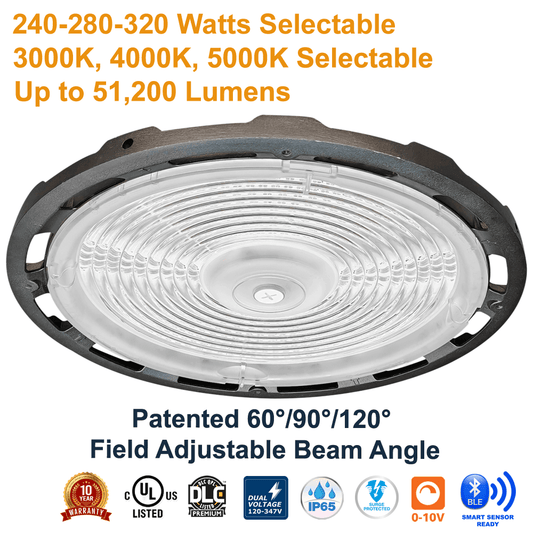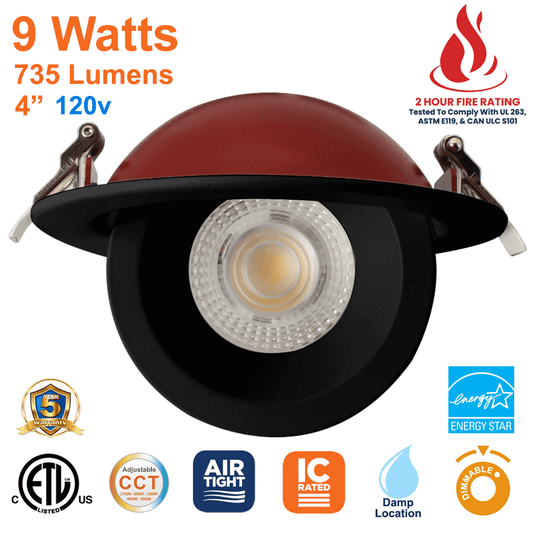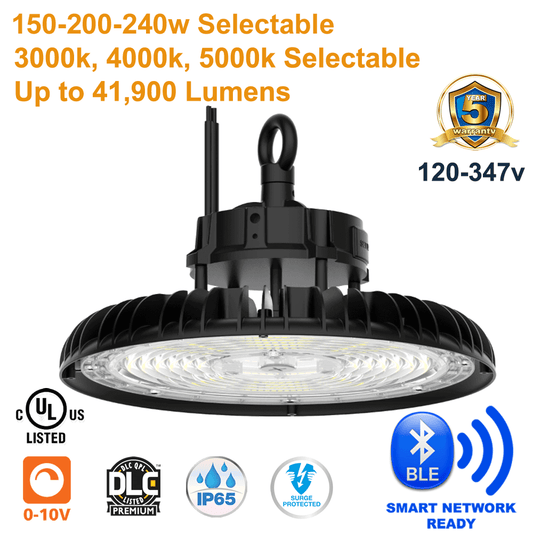In the world of commercial and industrial settings, where high-powered tasks are the norm, lighting is a crucial factor. As you navigate your way through projects, you've probably found yourself asking, "How do I choose an LED Temporary Work Light?" Today, we shed light on that very question.
What Is A Temporary Work Light?
Simply put, a Temporary Work Light is a powerful, movable light source that illuminates your workspace during a project. These versatile fixtures offer a broad spectrum of applications, from construction sites to outdoor events and emergency situations. They have earned their name due to the flexibility they bring to the table – easy to set up, move, and dismantle as your needs change.
Brightness and Heat
You may wonder, "How bright should a Work Light be?" or "Do Temporary Work Lights get hot?" The answer to the first query lies in the amount of light you need. This can vary based on the nature of your work, the size of the workspace, and the existing lighting conditions. While there's no one-size-fits-all answer, brighter is generally better when it comes to workspaces.
However, as brightness increases, so does the heat emitted by traditional light sources, posing a risk to the user. This is where LED Temporary Work Lights are a game-changer. Unlike their incandescent counterparts, LEDs are known for their low heat emissions, making them safer for prolonged use.
Durability and Linkability
Next up, we address the questions: "How long do Work Lights last?" and "Can I connect Temporary Work Lights together?"
LED Temporary Work Lights are champions of longevity. With lifespans that can reach up to 50,000 hours, they outlast traditional lighting options. These lights are not just designed to last; they're designed to adapt. Linkable LED Work Lights can be connected together, providing seamless, extensive illumination across larger workspaces.
Lens, Guards, and Ratings
In the realm of Temporary Work Lights, Polycarbonate Lenses are a common feature. But, "What is a Polycarbonate Lens?" you ask. Made from a type of thermoplastic polymer, these lenses are known for their impact resistance, making them ideal for the rough-and-tumble of work sites.
A frequently asked question is, "Should Work Lights have a wire guard on them?" In environments where a light may be subject to physical stress, a wire guard can act as a protective shell, extending the light's lifespan and ensuring its continuous operation.
Moving on to the question of "What does IP rating mean for a Work Light?" An IP rating or Ingress Protection rating denotes the degree of protection a light fixture provides against dust and water. Higher IP ratings indicate increased protection, which is crucial in challenging environments such as construction sites.
Stay tuned as we look further into the ease of movement, ideal light sources, and the optimal colour temperature for Temporary Work Lights.
Ease of Movement and Versatility
Now, let's tackle an important question, "How easy is it to move Temporary Work Lights?" Thanks to their compact design and portability, moving these lights around is a breeze. Whether you need to shift your lighting setup to a different area within a worksite or transport it to an entirely new location, these lights make the process hassle-free.
Moreover, the versatility offered by these fixtures cannot be overstated. Portable Work Lights cater to a range of applications - from illuminating construction sites to brightening up outdoor events. They can also play a vital role in emergency scenarios, providing dependable lighting when it's needed most.
Best Light Source for a Temporary Work Light
As for the best light source for a Temporary Work Light, LEDs are an unmatched choice. They offer a myriad of advantages over traditional lighting technologies - energy efficiency, longevity, improved brightness, and reduced heat output, to name a few. In the world of Worksite Lighting, LED lights have become the gold standard for these very reasons.
Colour Temperature for a Temporary Work Light
Another critical aspect to consider is the colour temperature for a Temporary Work Light. But, what is the Best Colour Temperature For A Temporary Work Light?
Colour temperature, expressed in Kelvins (K), refers to the colour characteristics of light. Lower values (2000K - 3000K) produce a warm light with a yellowish hue, while higher values (5500K - 6500K) yield a cooler, bluish light.
The optimal colour temperature for a work light is often towards the cooler end of the spectrum. Cool white light (around 5000K) is most similar to daylight, making it ideal for maintaining alertness and concentration – a must-have for most commercial and industrial tasks. You can learn more about the importance of colour temperature in our comprehensive guide.
Stay with us as we look at more aspects of Temporary Work Lights, including how to choose the right one for your needs and explore the different types available on the market.
Key Features: Lens and Wire Guard
When selecting a Temporary Work Light, you should pay close attention to its lens and wire guard. You might be wondering, "What is a Polycarbonate Lens, and should Work Lights have a Wire Guard on them?"
A Polycarbonate Lens is a type of plastic that is incredibly tough and resistant to impact, making it an excellent choice for work lights. These lenses can endure harsh worksite conditions without breaking or scratching. They also help distribute light evenly, ensuring optimal illumination of your workspace.
A Wire Guard is a protective cage that surrounds the light source, preventing any accidental damage. This feature is particularly beneficial in demanding environments where the lights may be subjected to bumps or knocks. So, yes, a work light should ideally have a wire guard on it. The best Temporary Work Lights on the market usually boast both these features, ensuring both durability and performance.
Understanding IP Ratings
"What does IP Rating mean for a Work Light?" The IP (Ingress Protection) Rating of a Work Light describes its effectiveness in preventing solids and liquids from entering its inner workings. The higher the IP rating, the better the protection. For a Work Light, look for a high IP rating as it ensures your light can withstand dust, debris, and even water splashes – making it perfect for rugged, outdoor, and variable weather environments.
The Best in Market
Finally, it's worth highlighting a few standout products that have captured the attention of professionals across industries. Our collections of Work Lights, Job Lights, and Construction Lights are a great place to start your search for the perfect Temporary Work Light.
Conclusion
In a nutshell, Temporary Work Lights have revolutionized the way we light up workspaces, providing portable, robust, and highly efficient illumination solutions. By considering the brightness, temperature, portability, durability, and specific features such as a Polycarbonate Lens, Wire Guard, and a good IP rating, you can choose the Temporary Work Light that best fits your needs.
Whether you are in the construction sector, industrial setting, or just in need of a versatile lighting solution, we hope this guide provides you with "Everything You Need To Know About Temporary Work Lights".


























